Traditional markets have long been considered the main shopping channel for the majority of people in Nha Trang City and many tourists. However, in recent years, especially after the Covid-19 pandemic, people have gradually changed their shopping habits, causing some traditional markets to fall into a slump, and small traders to face many difficulties.
According to records at Xom Moi market on the morning of April 4, from 7am to 10:30am, which is usually the peak selling time, there were very few customers at the stalls selling fresh food, essential goods, vegetables and fruits. Ms. Viet, a trader who has been selling pork at the market for more than 10 years, said: "This morning, I imported 50kg of meat, customers pre-ordered nearly 30kg, the rest was sold retail, but from morning until now, I have sold less than 10kg. Previously, I sold an average of 100-120kg of meat per market session." Ms. Hoa, a vegetable trader, said that in the past, when there were many customers, she would set up her stall from 6am, and by the end of the afternoon, she had almost sold out. Now, the market is deserted, purchasing power is low, she only starts to set up her stall at 7-8am, sometimes the whole market session only sells about 100,000 VND, so she only takes 1/3 of the amount of vegetables compared to before. However, sometimes she can't sell all the vegetables in 2-3 days, the vegetables are damaged and lost a lot, so she almost has no profit left.
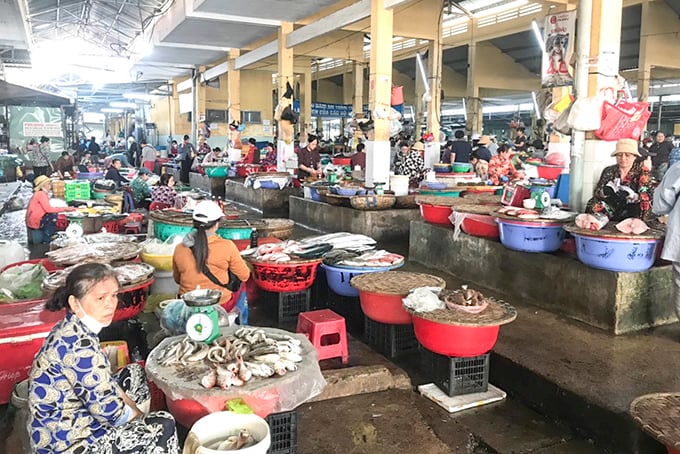 Rush hour but the seafood area of Xom Moi market is very deserted. |
At the fashion and cosmetics booths, although it was past 8 o'clock, many stalls were still closed, and those that were open had no customers. According to the traders, although the goods could not be sold, taxes and fees still had to be paid in full. The traders have repeatedly petitioned the market management board and the tax department to reduce taxes and fees, but nothing has been done.
Ms. Nguyen Thi Cuc - Head of the Xom Moi Market Management Board said: “Since after the Lunar New Year until now, the purchasing power of goods at the market has been very slow, not only fashion, cosmetics, household goods but also fresh food. In order to share with traders, from 2018 to now, the Market Management Board has not increased the management fee. Regarding tax, every year, the Market Management Board has sent a document requesting the Nha Trang City Tax Department to consider adjusting the annual tax increase. However, every year we see an increase, more or less. Therefore, in the coming time, we will continue to request the Tax Department to consider it.”
Similarly, since the end of 2021, when Phuoc Thai market reopened after a period of closure to prevent and fight the Covid-19 pandemic, traders had high hopes for favorable business. However, up to now, trading activities at the market have remained sluggish, with more sellers than buyers, especially at the stalls selling household goods, clothes, and dried goods. Ms. Mai, a trader in the fashion industry, said: “There were weeks when I only sold 3 products. The market was deserted, there were a lot of unsold goods, there were no customers, every day I opened the store, I had to shake up the pile of clothes for fear of mold. I don't know how long this situation will last. I'm old and have been doing business at the market for decades, so if I don't go out to sell, I don't know what to do."
Most of the traders at other traditional markets in Nha Trang City are also in a similar situation. One of the reasons why traditional markets are sluggish is that during the Covid-19 pandemic, many people are worried about the pandemic, so they often shop online through social networking sites and e-commerce platforms. Since then, consumers have gradually become accustomed to shopping online with many incentives and home delivery, so they no longer have the habit of going to traditional markets. On the other hand, in recent years, supermarkets and convenience stores have sprung up a lot. The advantages of these units are clear product prices, cool shopping spaces, and many discount programs to attract customers. In addition, although the city has taken many measures to rectify the situation of trading and occupying sidewalks and spontaneous markets, this situation has not been completely resolved. Around the roads near traditional markets, street vendors and goods are still displayed on the sidewalk, convenient for customers to buy... Meanwhile, at traditional markets, shopping space and environmental sanitation have not been improved, prices are not clearly listed... making consumers hesitant to go shopping at the market.
Khanh Ha
Source











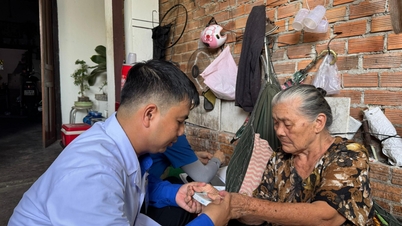








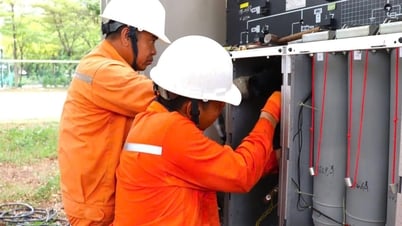
















































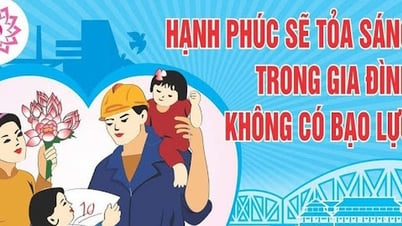



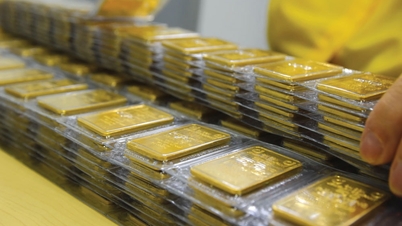















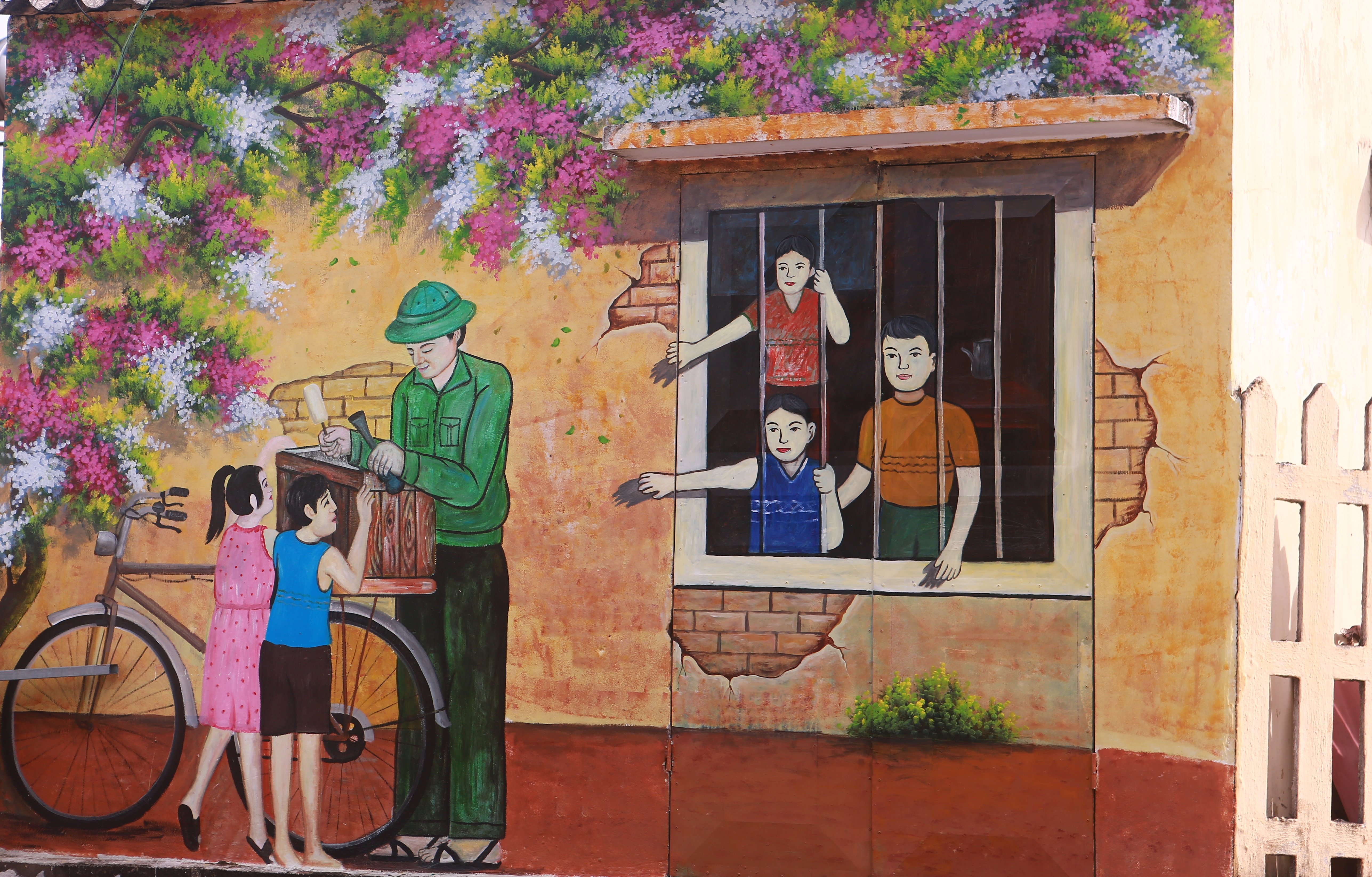



Comment (0)